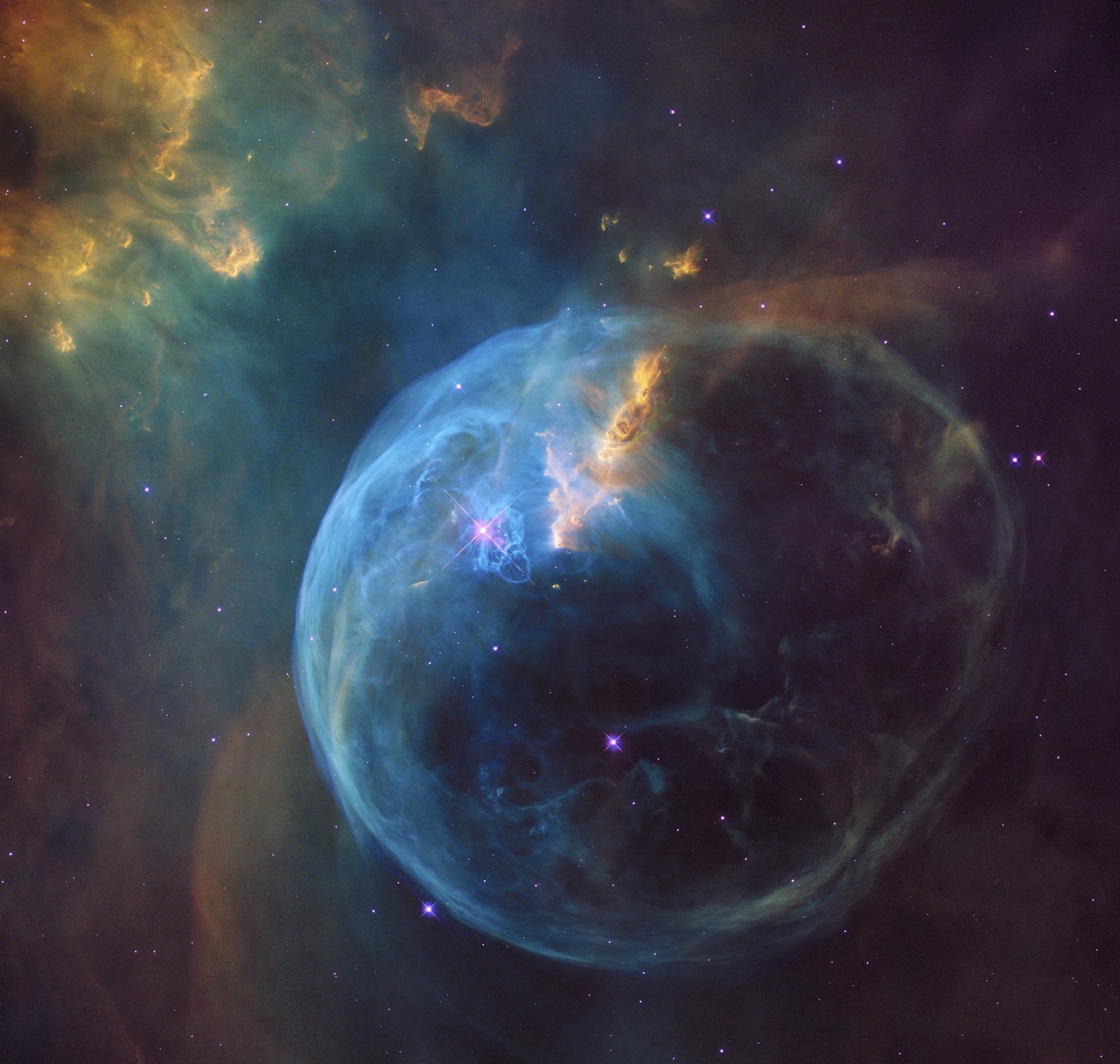Welcome to Geodiscovery, where today we embark on an awe-inspiring journey through time to unravel the epic story of Earth’s formation. How did our magnificent blue planet come to be? Let’s dive into the cosmic chaos and fiery beginnings that gave birth to our home.
In the Beginning: Stardust and Supernovas
Our story begins around 4.6 billion years ago, in a galaxy not so far away. Imagine a vast cloud of gas and dust, known as the solar nebula, swirling in the Milky Way. This cloud contained elements forged in the hearts of ancient stars and scattered by powerful supernova explosions. These elements—carbon, oxygen, iron, and more—are the very building blocks of our planet.
Gravity Takes Charge as the Solar Nebula Collapses
Gravity, the ultimate cosmic sculptor, began working its magic. The solar nebula began to collapse under its own weight, spinning faster and flattening into a disk. Our Sun was born in the core, when the pressure and temperature rose. This new star would soon become the center of our solar system, lighting the darkness with its scorching blaze.
Planetary accretion: Cosmic Pebbles Stick Together
Around the Sun, dust and gas particles collided and stuck together, forming clusters known as planetesimals. These cosmic pebbles, ranging in size from small grains to objects many kilometers across, were playing cosmic bumper cars. Over millions of years, these collisions and mergers resulted in the
Earth’s Birth: A Fiery Beginning
One of these protoplanets was destined to be Earth. As it developed, its gravitational attraction drew more and more material. The young Earth was a molten mass, its surface a swirling sea of magma. Intense bombardment by remaining planetesimals and meteorites exacerbated the instability, increasing the planet’s temperature.
Differentiation: Core, Mantle, and Crust
As the Earth cooled, a wonderful process called differentiation happened. Denser minerals, such as iron and nickel, sunk to form the core, while lighter materials rose to create the mantle and crust. This layered structure is critical to Earth’s geology, influencing processes such as plate tectonics and the magnetic field.
The Moon’s Dramatic Entry
The tale of Earth’s genesis would be incomplete without addressing the moon. According to the leading theory, a Mars-sized planet known as Theia crashed with the newborn earth. This massive hit sent debris into space, later coalescing to form our Moon. This lunar companion has had a significant impact on Earth by maintaining its axial tilt and influencing tides.
The Cooling Earth’s Oceans and Atmosphere Emerge
As the Earth’s surface cooled, volcanic outgassing produced water vapor, carbon dioxide, and other gases. This process gradually resulted in a rudimentary environment. Water vapor collected to form clouds, and tremendous rains fell, filling basins and forming the first oceans. These early oceans performed a critical role in regulating the temperature and promoting the conditions required for life.
Building the foundations of the continental crust
The Earth’s surface has been formed over billions of years by activities such as volcanic activity, plate tectonics and erosion. The lighter continental crust formed and started to migrate over the deeper oceanic crust. These landmasses shifted, collided, and separated, becoming the continents we know today.
The Miracle of Life: Simple to Complex
Earth became a birthplace for life thanks to its steady climate and liquid water. Simple, single-celled creatures appeared roughly 3.8 billion years ago. These organisms began to produce oxygen through photosynthesis, changing the atmosphere and opening the way for more complex life forms. This biological evolution persisted, resulting in the diversified and thriving biosphere we know today.
A Dynamic Planet: Ever Changing
Earth’s origin is a story of ongoing change and transition. From its fiery beginnings to the present, our planet has been dynamic, propelled by both internal and external forces. Plate tectonics shape mountains and ocean basins, volcanic eruptions form new land, and erosion shapes the landscape.
The story continues
The story of Earth’s origin reflects the extraordinary forces and events that have shaped our globe. Understanding this trip not only satisfies our curiosity, but it also increases our appreciation for the world in which we live. As we continue to explore and discover, Earth’s tale evolves, unveiling new chapters in the great saga of our home.
Stay tuned to Geodiscovery for more intriguing geology stories. Until next time, keep exploring and remaining curious!

